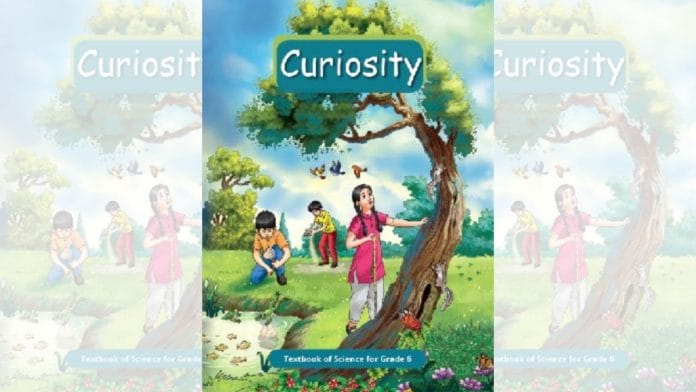New Delhi: Students of Class 6 are set to study topics based on India’s past scientific marvels as part of their science curriculum. These include Sanskrit shlokas, the ancient measurement system ‘Angula’ (finger breadth), Ayurveda, regional stories associated with stars in constellations, and achievements of Indian scientists, among other facts.
The National Council of Educational Research and Training (NCERT) released this year a new Class 6 science textbook along with books for other subjects.
The new Class 6 science textbook—Curiosity—has been written keeping in mind the National Education Policy (NEP) 2020 and the new National Curriculum Framework for School Education (NCF-SE) 2023, NCERT director Dinesh Prasad Saklani says in the foreword.
Saklani adds, “The content seamlessly weaves together concepts from physics, chemistry, biology, and earth science, along with cross-cutting themes like environmental education, value education, inclusive education, and Indian Knowledge Systems (IKS). The textbook aims to engage learners through an integrated approach by including multiple activities and thoughtful use of technology.”
NEP 2020 and NCF-SE 2023 emphasise that the school curriculum should be “rooted in the Indian and local context and ethos”.
Curiosity has 12 chapters, three of which begin with Sanskrit teachings on a healthy body, diversity and a Sanskrit treatise on alchemy. One chapter starts with a quote by Tamil poet and philosopher Thiruvalluvar on water and rainfall, and another begins with a saying by 15th century Indian mystic poet Kabir Das. In the third chapter, annena jātāni jīvanti—a quote from the Taittiriya Upanishad—has been included as the ‘thought of the day’.
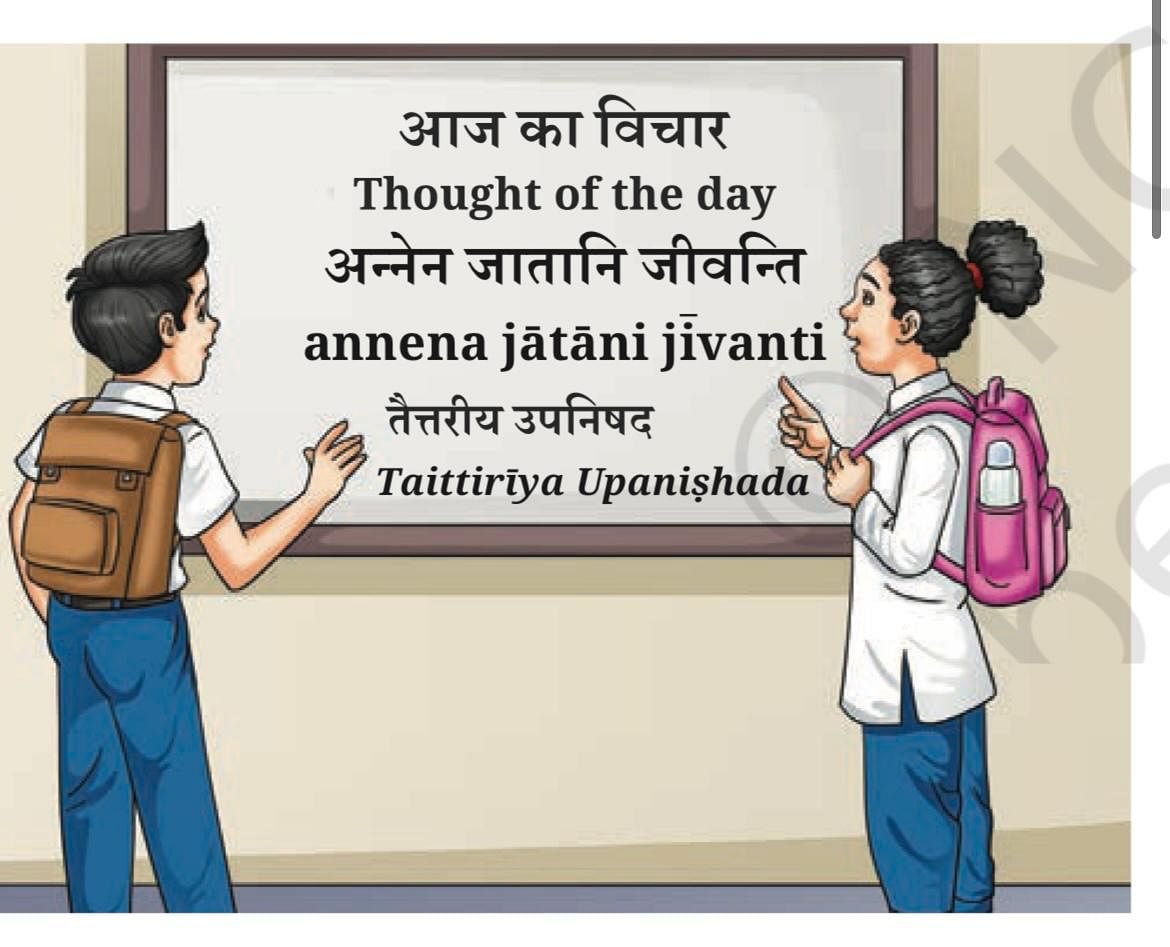
School teachers ThePrint spoke to confirmed that the previous Class 6 science textbook did not delve much on ancient knowledge systems, and were mostly limited to social sciences.
“This marks the first time a science book has referenced the ancient Indian knowledge system. And it is good that it has not replaced the modern content. It (ancient knowledge system) has just been incorporated with it (modern content),” said a science teacher at a private school in Delhi who did not wish to be named.
Angula to Ayurveda
In its fifth chapter, which is on measurements, Curiosity mentions how India has a rich history of measurement systems that dates back to ancient times. It mentions Angula, dhanusa (an ancient Indian measure of length equivalent to four hands), and yojana (a Vedic measure of distance that is exactly equal to 7.64 miles).
The chapter also explains how measurement systems were mentioned in ancient Indian literature and were used in architecture, town planning and to measure artefacts.
“The angula is still used by traditional craftspeople like carpenters and tailors. Several objects with ruled markings which could be scales have been excavated from sites of the Harappan Civilisation,” the book says.
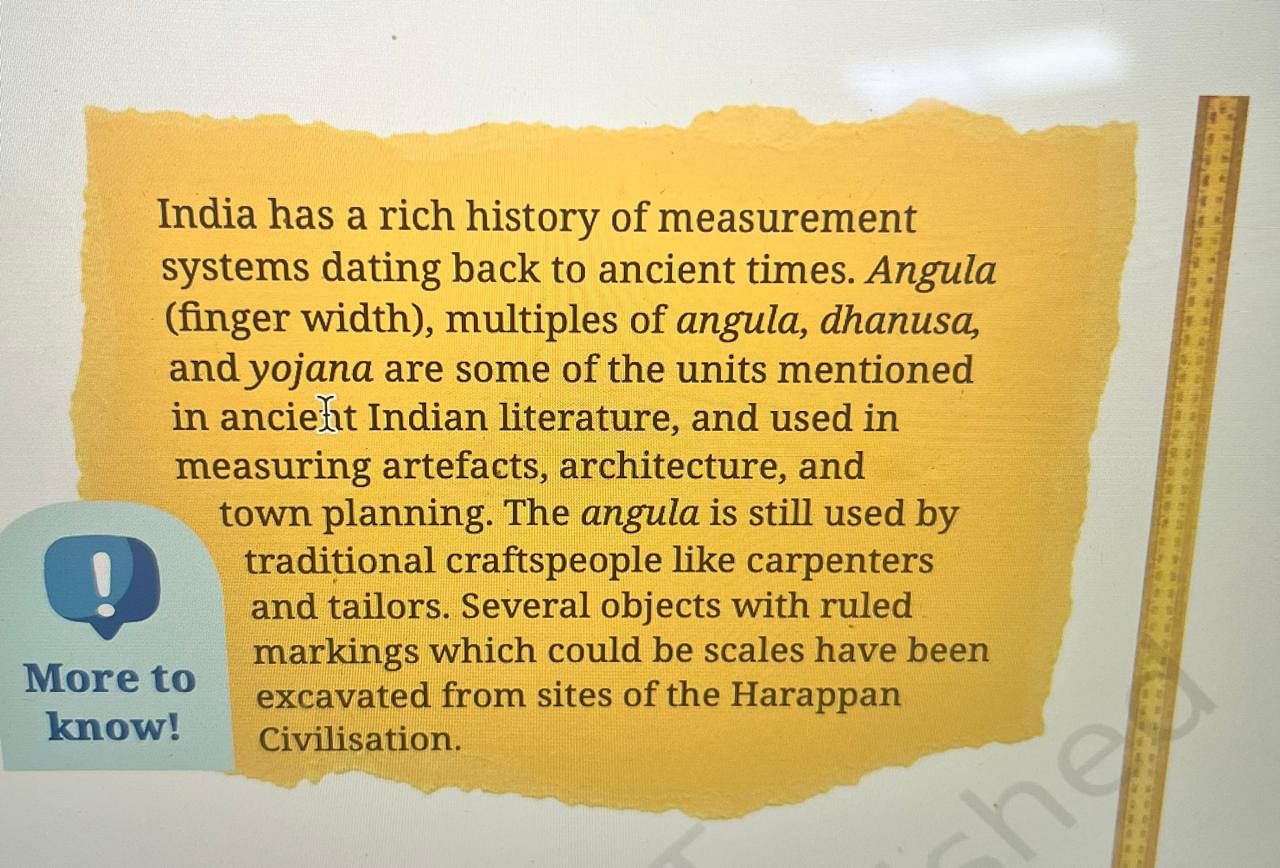
At several places, Curiosity carries references to Ayurveda.
The ninth chapter—Methods of Separation in Everyday Life—says that in the traditional Indian system of holistic health and medicine called Ayurveda, herbs or parts of plants are prescribed as remedies. “These ingredients like roots, leaves, flowers or seeds of various medicinal plants are often dried in the shade. This practice facilitates the evaporation of excess water, leaving behind the important part of the medicine.”
The sixth chapter talks about how a classification system of grouping things was mentioned in Ayurveda, and includes a shloka that explains properties used to describe all physical matters in Ayurveda. The properties include guru (heavy), manda (slow), hima (cold) and mridu (soft), among others.
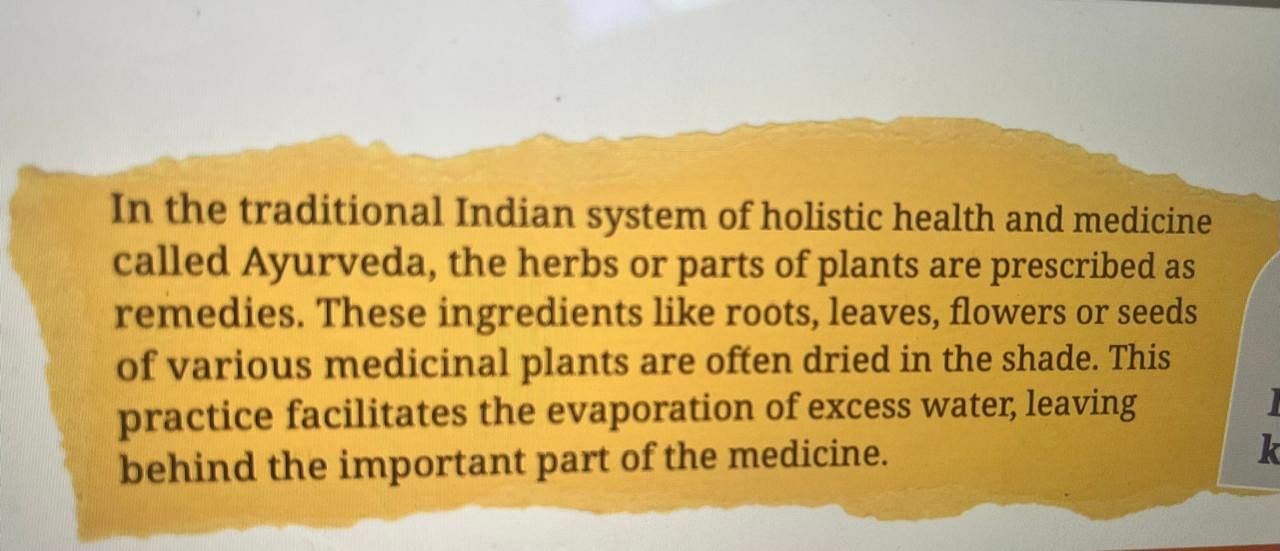
Regional and Sanskrit names of stars and planets
In the 12th chapter—Beyond Earth—the textbook mentions that in Indian astronomy, the term nakshatra is used to denote either a certain star or a group of stars, such as Ardr (Betelgeuse star in Orion constellation) and Krittika (a group of stars called Pleiades in Taurus constellation). Aldebaran, a star in Taurus, is known as Rohini in Sanskrit.
The chapter also includes ancient names that have been used across India for the planets visible to the naked eye. Examples include Budha (Mercury), Shukra (Venus), Prithvi (Earth), Mangala (Mars), Brihaspati or Guru (Jupiter) and Shani (Saturn).
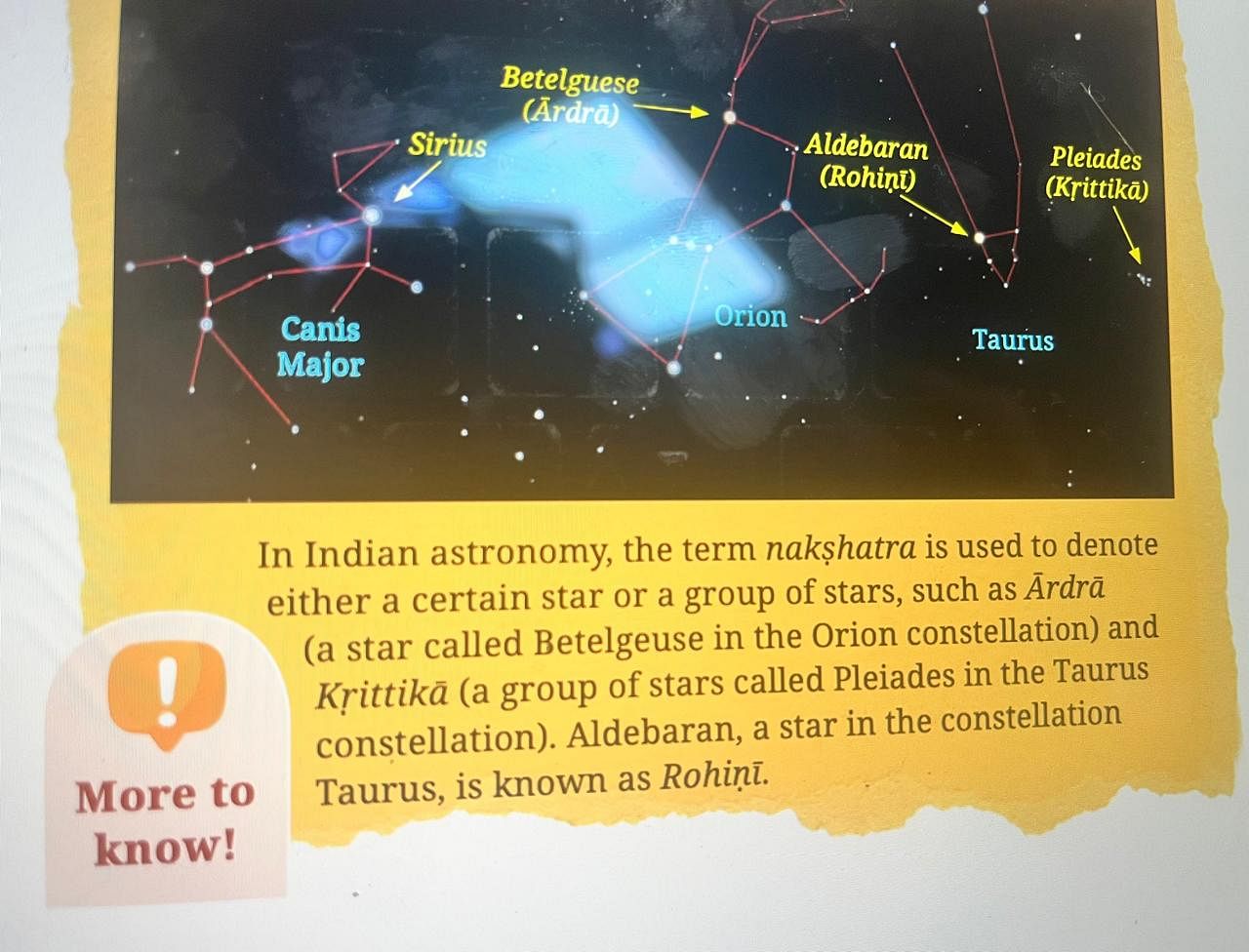
Regional stories associated with stars in the constellations are also part of the book.
“For example, the four stars in the Big Dipper that approximately form a rectangle, are viewed by tribes in Central India as the ‘grandmother’s cot’ with the three thieves (other three stars) stealing it. Fishermen along the Konkan coast imagine the four stars as a boat, with the last three stars as the neck of the boat,” the 12th chapter says.
It adds that in Sanskrit and a few other Indian languages, a comet is called Dhumaketu. “Various tribes in India also call it Pucchya-Taro (star with a tail) or Zendya-Taro (star like a flag).”
Introducing children to India’s rich knowledge is a welcoming idea, Anand Prakash, assistant professor of chemistry in Delhi University, told ThePrint. “It is good that children should know the language and words used by people in rural India even now. People in the village use Shukra and budha instead of Venus and Mercury, respectively. However, while including Indian context, the accuracy and relevance should also be kept in mind.”
Indian scientists and their contributions
Curiosity also mentions Indian scientist Coluthur Gopalan, who is credited with initiating nutrition research in India.
“He led surveys on the nutritional status of the Indian population, identifying widespread deficiencies in protein, energy, and other food components. This led to the implementation of the Mid Day Meal Programme in 2002, now a PM POSHAN initiative, to provide balanced food in the government-run and government-aided schools of our country,” it reads.
The book talks about Indian plant physiologist and physicist Sir Jagadish Chandra Bose, explaining his contributions in building a machine known as a crescograph, which records how plants respond to stimuli such as light, heat, electricity and gravity. “With this machine, he could measure how fast plants grow. He also showed that plants can sense and respond to stimuli.”
(Edited by Radifah Kabir)
Also read: UK’s University of Southampton is coming to Gurugram, 1st foreign university in India under UGC



